How 4K will change everything
VFX house Framestore were one of the first to start working with 4K. They explain what it is and how it's changing the way the industry works.
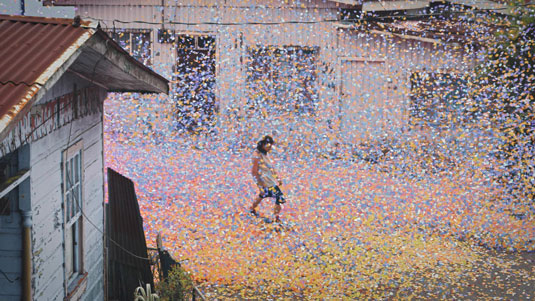
- This content was produced in collaboration with HP ZED Paris, a free event on 7-11 April for 3D artists and animators, with talks in both French and English. Register today!
Every few years, video reinvents itself. It had its humble standard definition beginnings, before transforming into HD and then going through a 3D phase. Now it wants to become 4K.
We saw a lot of it at CES and we expect to see even more at NAB next month. It’s something we were very early to deliver in here at Framestore, when we collaborated with Sony on its global launch campaign for its new ultra HD range last year, and now we’ve now got several 4K projects on the go.
What is 4K?
But what is it? Well, it can be a few things. A true 4K image - the kind you spend a very long time making for film - is 4096 pixels across by 3112 lines. 4K for TV, which is what everyone is talking about at the moment, is what’s called ultra HD. That’s 3840 x 2160px, so just fractionally under 4K. It's essentially an image four times as detailed as HD.
It all depends on what camera you use too, as the manufacturers will define 4K slightly differently. Sony, for example, makes a true native 4K camera, with a range designed specifically for ultra HD, or for film 4K.
Some cameras have sensors that are either slightly under that resolution (that very cleverly make up the extra pixels), or they shoot at an even higher resolution like 6K and then sample that down to 4K resolution. They are just different ways to reach what are very, very large images.
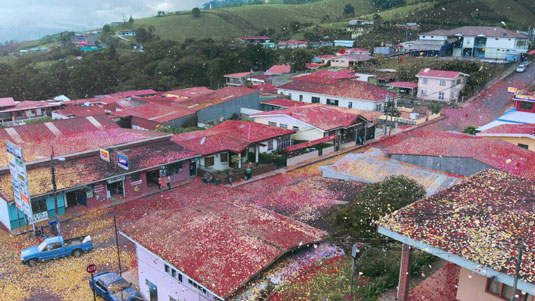
Of course, larger images mean more data. HD images take a large chunk of storage space, and if you’re rendering multiple versions that only increases exponentially. With 4K you’re then quadrupling the size of the image yet again, so handling that amount of data, keeping it online, is a big challenge.
What it looks like
But will the viewer notice the difference? Well, yes. As our Head of Engineering, Andy Howard, describes: “If you’re looking at someone shot in the correct light and you’re at the correct viewing distance from the 4K display, which is quite critical, then you’ll see detail such as the hairs on their arms, the precise texture of their skin.”
Get the Creative Bloq Newsletter
Daily design news, reviews, how-tos and more, as picked by the editors.
Russell Dodgson, the VFX Supervisor on Sony’s 4K advert, remembers seeing 4K line up next to HD: “I walked into a television shop and saw the advert again on a Sony 4K TV and it looked fantastic – all the other TVs next to it looked like they had been knitted in comparison.”
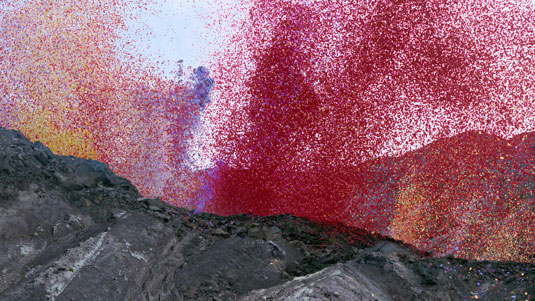
The reason it looks so good on that particular television is where the second challenge of 4K arises – the content needs to be made to new specifications, especially in the case of adverts designed to get the best out a new ultra HD television.
This means colour space is a huge consideration. There is an industry standard colour space already called REC.706, but for 4K there is a new colour space called ITU 2020.
If you watched something colour graded for 4K on a normal HD device the colours would look completely mad, and vice versa. So at the moment we effectively have to create two versions – a conventional Rec709 TV colourspace version and an ITU 2020 version as well, which is something we can do at Framestore.
How it's achieved
Technology has really democratised image-making in recent years, because you can almost work with HD at iPhone level, but a four-fold increase in data means 4K work will probably be the domain of the bigger facilities that can combine their artistry with scale and brute power.
You need a large renderfarm and the infrastructure that can support the throughput of all that data. Then there’s the issue of playback – how do you actually view what you’re working on? We’ve handled plenty of 4K (and higher!) footage for different projects, but we had to build our own playback hardware to deliver our first true 4K advert, which is now in its second generation.
Framestore is constantly evaluating new cameras and display monitors and armed with this information and what we’ve learnt on our early 4K pipelines, we are confident that we can process 4K data in a very controlled and measured way to provide the best results.
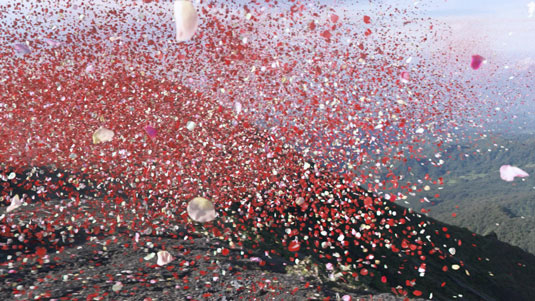
You might think the switch to 4K sounds a long way off, especially as the first 4K TV sets were only recently launched, but there is a good chance it will happen faster than the switch from standard to high definition. The TV sets have become affordable much in a much shorter time – HD sets remained at a premium for years, but 55” ultra HD televisions are already available for less than £2,000.
Where the demand will be
On-demand content rather than broadcast television may actually end up being the driver of 4K though. “We’re speculating here slightly,” says Andy, “but that’s where we really see the demand coming from initially.
"In Europe and the US ultra HD is being tested and discussed by broadcast but there is no set date yet, where as there is already some online 4K content available. Compression technology has improved considerably, so over a high-end broadband connection it will be feasible to get 4K.”
It makes you wonder how high a screen’s resolution can go before they eye stops noticing the difference. Will people be buying 8k or 16K televisions in the future?
Where does it all end?
“There is a limit,” says Andy. “There’s a lot of research being done at the moment and technical papers being written on the subject. Going beyond 8K is yet to be proven, whereas going from HD to 4K for the average person provides a considerable difference.
Imagine a scene with a car driving around the mountain side with a huge amount of detail – trees blowing in the wind, rocks, grass – that’s where 4K is really going to provide a stunning difference.”
Win a trip to Los Angeles!
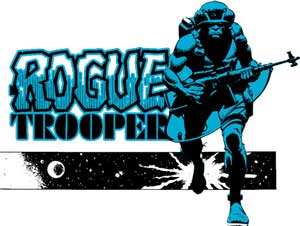
Masters of CG is a competition for EU residents that offers the one-in-a-lifetime chance to work with one of 2000AD's most iconic characters: Rogue Trooper.
We invite you to form a team (of up to four participants) and tackle as many of our four categories as you wish - Title Sequence, Main Shots, Film Poster or Idents. For full details of how to enter and to get your Competition Information Pack, head to the Masters of CG website now.
Enter the competition today!

Thank you for reading 5 articles this month* Join now for unlimited access
Enjoy your first month for just £1 / $1 / €1
*Read 5 free articles per month without a subscription

Join now for unlimited access
Try first month for just £1 / $1 / €1

The Creative Bloq team is made up of a group of design fans, and has changed and evolved since Creative Bloq began back in 2012. The current website team consists of eight full-time members of staff: Editor Georgia Coggan, Deputy Editor Rosie Hilder, Ecommerce Editor Beren Neale, Senior News Editor Daniel Piper, Editor, Digital Art and 3D Ian Dean, Tech Reviews Editor Erlingur Einarsson, Ecommerce Writer Beth Nicholls and Staff Writer Natalie Fear, as well as a roster of freelancers from around the world. The ImagineFX magazine team also pitch in, ensuring that content from leading digital art publication ImagineFX is represented on Creative Bloq.
